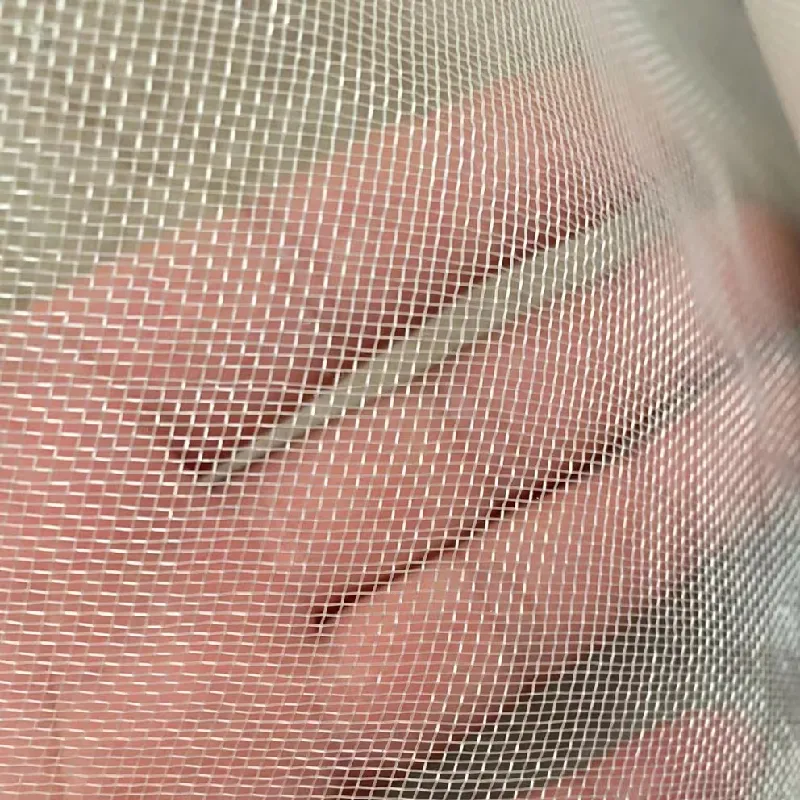-
 Afrikaans
Afrikaans -
 Albanian
Albanian -
 Amharic
Amharic -
 Arabic
Arabic -
 Armenian
Armenian -
 Azerbaijani
Azerbaijani -
 Basque
Basque -
 Belarusian
Belarusian -
 Bengali
Bengali -
 Bosnian
Bosnian -
 Bulgarian
Bulgarian -
 Catalan
Catalan -
 Cebuano
Cebuano -
 China
China -
 Corsican
Corsican -
 Croatian
Croatian -
 Czech
Czech -
 Danish
Danish -
 Dutch
Dutch -
 English
English -
 Esperanto
Esperanto -
 Estonian
Estonian -
 Finnish
Finnish -
 French
French -
 Frisian
Frisian -
 Galician
Galician -
 Georgian
Georgian -
 German
German -
 Greek
Greek -
 Gujarati
Gujarati -
 Haitian Creole
Haitian Creole -
 hausa
hausa -
 hawaiian
hawaiian -
 Hebrew
Hebrew -
 Hindi
Hindi -
 Miao
Miao -
 Hungarian
Hungarian -
 Icelandic
Icelandic -
 igbo
igbo -
 Indonesian
Indonesian -
 irish
irish -
 Italian
Italian -
 Japanese
Japanese -
 Javanese
Javanese -
 Kannada
Kannada -
 kazakh
kazakh -
 Khmer
Khmer -
 Rwandese
Rwandese -
 Korean
Korean -
 Kurdish
Kurdish -
 Kyrgyz
Kyrgyz -
 Lao
Lao -
 Latin
Latin -
 Latvian
Latvian -
 Lithuanian
Lithuanian -
 Luxembourgish
Luxembourgish -
 Macedonian
Macedonian -
 Malgashi
Malgashi -
 Malay
Malay -
 Malayalam
Malayalam -
 Maltese
Maltese -
 Maori
Maori -
 Marathi
Marathi -
 Mongolian
Mongolian -
 Myanmar
Myanmar -
 Nepali
Nepali -
 Norwegian
Norwegian -
 Norwegian
Norwegian -
 Occitan
Occitan -
 Pashto
Pashto -
 Persian
Persian -
 Polish
Polish -
 Portuguese
Portuguese -
 Punjabi
Punjabi -
 Romanian
Romanian -
 Russian
Russian -
 Samoan
Samoan -
 Scottish Gaelic
Scottish Gaelic -
 Serbian
Serbian -
 Sesotho
Sesotho -
 Shona
Shona -
 Sindhi
Sindhi -
 Sinhala
Sinhala -
 Slovak
Slovak -
 Slovenian
Slovenian -
 Somali
Somali -
 Spanish
Spanish -
 Sundanese
Sundanese -
 Swahili
Swahili -
 Swedish
Swedish -
 Tagalog
Tagalog -
 Tajik
Tajik -
 Tamil
Tamil -
 Tatar
Tatar -
 Telugu
Telugu -
 Thai
Thai -
 Turkish
Turkish -
 Turkmen
Turkmen -
 Ukrainian
Ukrainian -
 Urdu
Urdu -
 Uighur
Uighur -
 Uzbek
Uzbek -
 Vietnamese
Vietnamese -
 Welsh
Welsh -
 Bantu
Bantu -
 Yiddish
Yiddish -
 Yoruba
Yoruba -
 Zulu
Zulu
Exploring the Benefits of Sweeping Nets for Insect Collection Techniques
The Role of Sweeping Nets in Insect Collection and Biodiversity Study
In the realm of entomology—the study of insects—collecting specimens is a fundamental practice that enables researchers to understand insect diversity, behavior, and ecology. Among the various tools employed by entomologists, sweeping nets stand out as one of the most efficient and versatile instruments for capturing insects in their natural habitats. This article explores the significance of sweeping nets in insect collection, their methodology, and the insights they provide into biodiversity.
What is a Sweeping Net?
A sweeping net, often referred to as a insect net or entomology net, typically consists of a long handle attached to a lightweight, fine-mesh bag. The mesh is designed to minimize insect escape while allowing air to flow through. The dimensions of the net can vary, but they are usually around 30 to 50 cm in diameter and can be made from durable, yet flexible materials. The design of the sweeping net simplifies the process of capturing a myriad of insects, from butterflies to beetles, while minimizing harm to the specimens.
Methodology of Using Sweeping Nets
The technique of using a sweeping net is relatively straightforward, but it requires a degree of skill and practice to master. Entomologists typically traverse different habitats, such as fields, meadows, and forests, and make sweeping motions through the vegetation. The aim is to disturb insects from their resting places or through physical contact with foliage, causing them to enter the net.
A common practice is to sweep through a variety of vegetation types, including grasses, bushes, and flowering plants, where insects are likely to be found. Each sweep captures a sample of the insect population, enabling researchers to analyze the diversity and density of species within a given ecosystem. Sweeps are often performed in a set pattern, which helps maintain consistency and ensures reliable data collection.
Importance of Insect Collection
sweeping net insect

The data gathered through the use of sweeping nets contributes significantly to our understanding of insect populations, their distributions, and their roles within ecosystems. Insects are critical players in various ecological processes; they pollinate plants, decompose organic material, and serve as food for numerous animals. Consequently, studying insect communities is vital in assessing environmental health and biodiversity.
Moreover, the information obtained from sweeping nets can aid in monitoring changes in insect populations over time, providing insights into environmental shifts caused by factors such as climate change, habitat destruction, and pollution. By documenting these changes, researchers can predict potential impacts on broader ecosystems and develop conservation strategies to protect endangered species.
Challenges in Insect Collection
Despite the advantages of sweeping nets, several challenges may arise during the collection process. Weather conditions, for instance, can significantly affect insect activity; many insects are less active during rain or extreme temperatures. Additionally, not all insects are easily captured by sweeping nets, and some species may require specialized collection methods.
Furthermore, proper identification of collected specimens can be a daunting task, particularly with the vast number of insect species present in certain locales. Accurate taxonomic classification is critical for data accuracy and ecological studies, often necessitating expert knowledge or advanced identification tools.
Conclusion
In summary, sweeping nets are an essential tool for entomologists and anyone interested in studying insects. Their ability to efficiently collect a broad range of insect specimens provides valuable data that informs our understanding of ecosystems and biodiversity. As we face increasing environmental challenges, the role of insect collection becomes ever more critical, connecting us to the intricate web of life that sustains our planet. Through continued research and collection efforts, we can better appreciate the complexity of insect communities and work towards their conservation in a rapidly changing world.
-
Shipping Plastic Bags for Every NeedNewsJul.24,2025
-
Safety Netting: Your Shield in ConstructionNewsJul.24,2025
-
Plastic Mesh Netting for Everyday UseNewsJul.24,2025
-
Nylon Netting for Every UseNewsJul.24,2025
-
Mesh Breeder Box for Fish TanksNewsJul.24,2025
-
Expanded Steel Mesh Offers Durable VersatilityNewsJul.24,2025











